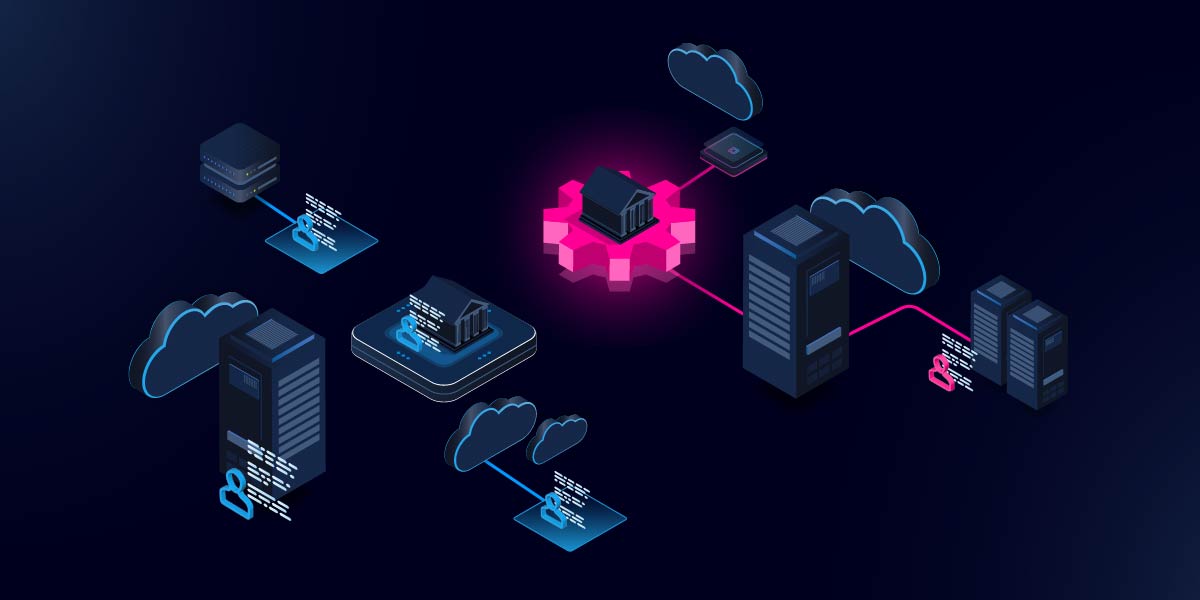Workflow automation in ITSM refers to the integration of predefined processes and technological tools that execute IT service management tasks with minimal or no human intervention. In the middle of today’s fast-paced business landscape, organizations are under immense pressure to deliver faster, more reliable IT services while keeping operational costs in check. By automating workflows, IT teams can eliminate repetitive manual tasks, ensure that service requests follow a standardized path, and create a more predictable and efficient environment. This enables IT professionals to focus on strategic initiatives like innovation and security rather than being bogged down by routine service desk operations. ITSM task automation is therefore not only about efficiency but also about creating an agile IT ecosystem that adapts to evolving business needs.
Importance of Workflow Automation in ITSM
The importance of workflow automation in ITSM cannot be overstated because it impacts both the operational and strategic levels of IT service delivery. In the middle of IT operations, there are countless repetitive processes—like ticket assignment, change approvals, and escalation procedures—that consume valuable staff time and often lead to delays when handled manually. By introducing automation, these processes happen seamlessly, ensuring faster turnaround times and reducing the risk of human error. This is particularly vital in industries where downtime can have significant financial or reputational costs. Workflow automation in ITSM also ensures consistency across teams and time zones, making it easier to maintain service quality standards and comply with internal or regulatory policies.
Key Components of Workflow Automation in ITSM
Successful ITSM task automation depends on several core components working together effectively. In the middle of the automation framework is process mapping, which lays out every step involved in a service task from start to finish. Alongside mapping, automation rules define the triggers and actions that keep processes flowing without manual oversight. Integration with ITSM tools such as ServiceNow, Jira Service Management, or BMC Remedy allows for seamless execution, while monitoring and reporting tools ensure performance visibility. Without clear workflows, well-defined triggers, and robust integrations, automation efforts may fail to deliver expected benefits. ITSM task automation thrives when these elements are aligned with business goals and regularly refined based on feedback.
Benefits of Workflow Automation in ITSM
The benefits of ITSM task automation go far beyond just time savings. In the middle of organizational improvements, automation helps maintain a consistent level of service quality by ensuring that each task is executed the same way every time. This predictability reduces variability, minimizes service disruptions, and builds user trust. Automated processes also provide real-time data and analytics that enable IT managers to make informed decisions about staffing, resource allocation, and future process improvements. Furthermore, by eliminating bottlenecks and delays, automation frees IT teams to work on innovation, strategic planning, and projects that directly contribute to business growth. ITSM task automation thus becomes a driver of both operational efficiency and competitive advantage.
Use Cases for Workflow Automation in ITSM
There is a wide range of practical applications for ITSM task automation across incident, problem, change, and request management processes. In the middle of daily operations, automation can be used to assign incident tickets to the most qualified technician based on skills and workload, ensuring that the right resources address issues promptly. Automated escalation rules can ensure that unresolved tickets are brought to managerial attention before service-level agreements (SLAs) are breached. Change management workflows can automatically route approvals to the correct stakeholders and update configuration management databases (CMDBs) upon completion. Additionally, onboarding workflows can automatically provision user accounts, assign software licenses, and request necessary hardware without manual follow-ups. Workflow automation in ITSM delivers measurable efficiency gains in each of these scenarios.
Implementing Workflow Automation in ITSM

Implementing workflow automation in ITSM requires a structured approach that begins with identifying high-impact processes for automation. In the middle of implementation planning, it’s important to prioritize workflows that are repetitive, time-consuming, and prone to human error. Choosing the right ITSM platform with robust automation features is critical, as is involving stakeholders early in the design phase to ensure alignment with operational needs. A phased rollout—starting with a pilot program—allows organizations to refine workflows before scaling. Training IT staff on automation tools and documenting each process ensures that the automation is sustainable over the long term. Continuous monitoring and optimization further ensure that ITSM task automation delivers consistent value.
Integrating Workflow Automation with Existing Systems
One of the key factors for success in ITSM task automation is its integration with other business systems. In the middle of integration efforts, connecting ITSM tools to HR, finance, security, and asset management systems creates a more cohesive operational environment. For example, when an employee joins the company, a single HR entry can trigger automated IT workflows for account creation, access permissions, and equipment provisioning. Similarly, finance integrations can automatically track costs associated with service requests or projects. By eliminating duplicate data entry and enabling cross-functional collaboration, integrated ITSM task automation ensures greater efficiency and data accuracy across the enterprise.
Challenges in Workflow Automation in ITSM
Despite its advantages, workflow automation in ITSM comes with challenges that organizations must address to ensure success. In the middle of common challenges are resistance to change from employees who fear automation will replace their roles, high initial investment costs in automation platforms, and integration difficulties with legacy systems. Additionally, poorly mapped processes or lack of clear documentation can result in automation failures that create more problems than they solve. Overcoming these obstacles requires a well-planned change management strategy, clear communication of benefits, and phased deployment to build confidence. ITSM task automation should be positioned as a tool to empower IT teams, not replace them.
Best Practices for Workflow Automation in ITSM
To maximize the success of ITSM task automation, organizations should follow proven best practices. In the middle of these practices is starting with simple, high-impact workflows before moving to more complex automations. Engaging stakeholders throughout the design and testing phases ensures that workflows are practical and meet user needs. Documentation is critical for maintaining and updating workflows over time, while continuous monitoring ensures that automation remains aligned with business priorities. Regularly reviewing KPIs, such as resolution times and SLA compliance, helps identify opportunities for further optimization. Following these best practices keeps workflow automation in ITSM efficient, relevant, and sustainable.
The Role of AI in Workflow Automation in ITSM
Artificial intelligence is playing an increasingly important role in workflow automation in ITSM by enabling predictive, context-aware automation. In the middle of AI-driven enhancements, machine learning algorithms can analyze historical ticket data to predict incident trends, route issues to the most qualified agents, and even suggest resolutions automatically. Natural language processing allows ITSM chatbots to handle basic support requests without human intervention, further improving response times. AI also helps in anomaly detection, enabling proactive problem management before issues impact end users. The integration of AI into workflow automation in ITSM promises to make IT service delivery more intelligent, adaptive, and proactive.
The Future of Workflow Automation in ITSM
The future of workflow automation in ITSM will be shaped by trends like hyperautomation, AI integration, and enterprise-wide service management. In the middle of this evolution, ITSM workflows will become more dynamic, capable of adapting in real time to changing business needs and user demands. Automation will extend beyond IT to encompass HR, facilities, and other service functions, creating a unified service delivery model. Organizations that invest in scalable automation frameworks now will be better prepared to handle future technological shifts, competitive pressures, and customer expectations. Workflow automation in ITSM is set to become a central pillar of digital transformation strategies worldwide.
Conclusion
Workflow automation in ITSM is no longer an optional enhancement but a strategic necessity for organizations seeking operational excellence and superior service delivery. In the middle of modern IT challenges, automation reduces manual workloads, enhances accuracy, and speeds up resolution times, ultimately benefiting both IT teams and end users. By leveraging best practices, overcoming implementation challenges, and embracing AI-driven innovations, businesses can future-proof their ITSM operations and remain competitive in an increasingly digital landscape.
